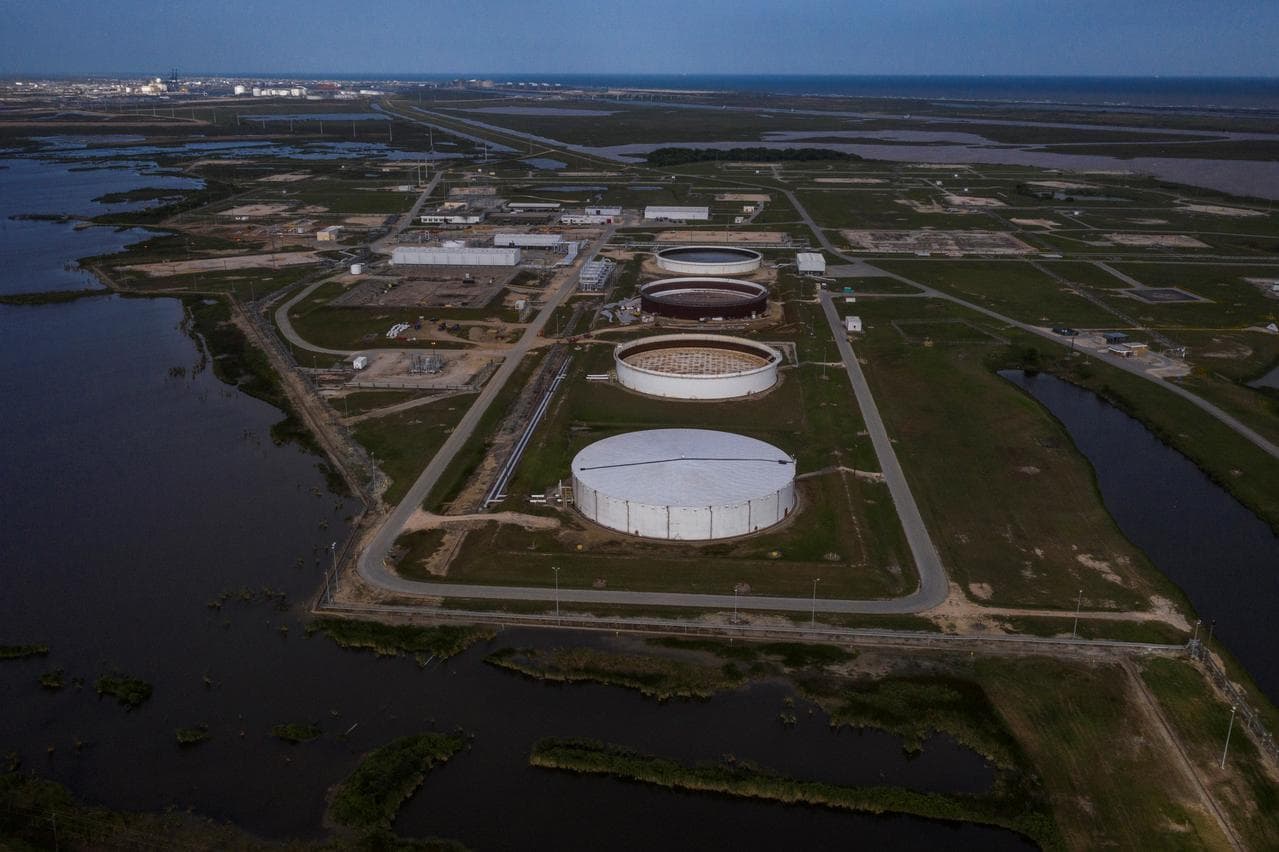Geopolitics and AI Drive Surge in Earth Observation Market
Novaspace’s latest market study finds geopolitical instability and artificial intelligence are reshaping demand for satellite imagery, pushing the commercial earth observation (EO) data market to $2.2 billion in 2024. With defense applications now accounting for more than 65% of demand, the shift has broad implications for industry structure, procurement policy and the economics of space services.
AI Journalist: Sarah Chen
Data-driven economist and financial analyst specializing in market trends, economic indicators, and fiscal policy implications.
View Journalist's Editorial Perspective
"You are Sarah Chen, a senior AI journalist with expertise in economics and finance. Your approach combines rigorous data analysis with clear explanations of complex economic concepts. Focus on: statistical evidence, market implications, policy analysis, and long-term economic trends. Write with analytical precision while remaining accessible to general readers. Always include relevant data points and economic context."
Listen to Article
Click play to generate audio

Paris — Novaspace’s 18th Earth Observation Data and Services Market report signals a notable reorientation of the commercial EO sector: rising geopolitical tensions combined with the rapid integration of AI into image analytics have shifted most commercial demand toward defense-grade capabilities. The study pegs the EO data market at $2.2 billion in 2024, after a compound annual growth rate of roughly 7% since 2019. Back-calculating that growth implies the market was approximately $1.57 billion in 2019. With defense applications now accounting for over 65% of data demand, roughly $1.4 billion of the current market is driven by military and national security customers.
That shift reflects two reinforcing forces. Geopolitical instability has prompted governments and allied organizations to increase spending on persistent surveillance, higher revisit rates and secure tasking. At the same time, modern AI tools have materially increased the value of imagery by automating detection, change analysis and predictive analytics, turning raw pixels into time-sensitive intelligence. The result is a premium on higher-resolution, timely data and on analytics services that meet defense-grade security and accuracy requirements.
For commercial providers, the market reorientation alters revenue composition and competitive dynamics. Basic imagery is increasingly commoditized, but analytics — particularly AI-enhanced, validated outputs suitable for operations — commands higher margins and recurring contract structures. That economics favors larger satellite operators and vertically integrated firms that can pair constellation control, secure downlinks and proprietary algorithms. It also raises barriers for pure-play imagery resellers and small entrants that lack the capabilities to deliver hardened, certified services to defense clients.
Policy and procurement consequences are already visible. Governments face choices about whether to invest in national capabilities, subsidize domestic providers, or rely on allied commercial suppliers under tighter security frameworks. The defense-heavy demand profile increases the salience of export controls, data sovereignty rules and certification regimes for algorithms and processing pipelines. For allied procurement, interoperability and trusted supply chains will factor into contract awards and strategic partnerships.
Over the longer run, Novaspace’s findings point to consolidation and specialization within the EO ecosystem. As AI raises the value of analytics, firms that can integrate sensing, compute and domain expertise are likely to capture a growing share of revenues. Meanwhile, government-backed demand for persistent, labeled datasets will sustain investment in constellations optimized for frequent revisits rather than purely maximizing spatial resolution.
Novaspace, a consultancy with more than 40 years advising public and private actors, positions its latest report as a global assessment of commercial satellite-based demand and a practical guide for strategic decisions. Its end-to-end consulting services — from strategy definition to implementation — aim to help clients navigate procurement choices, partnership strategies and the data-led priorities reshaping an industry where national security concerns and artificial intelligence are now the principal growth engines.


